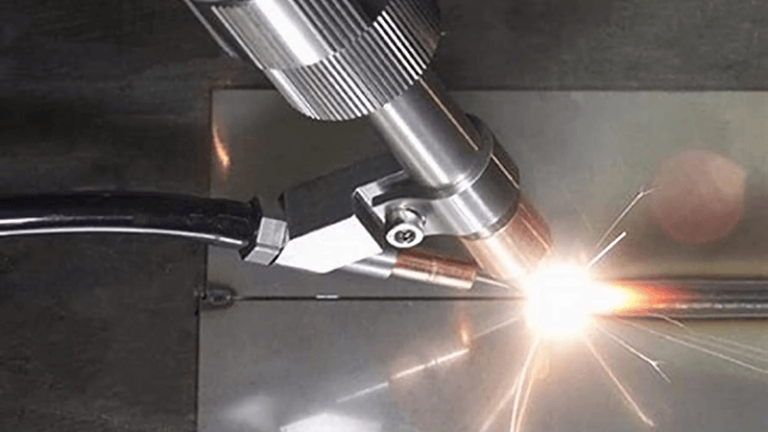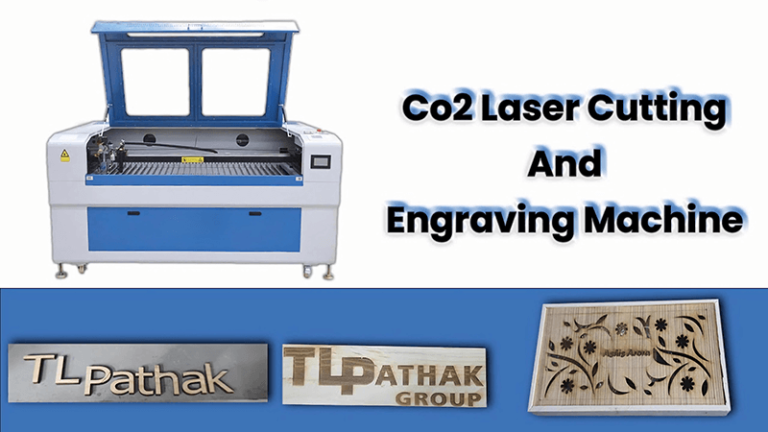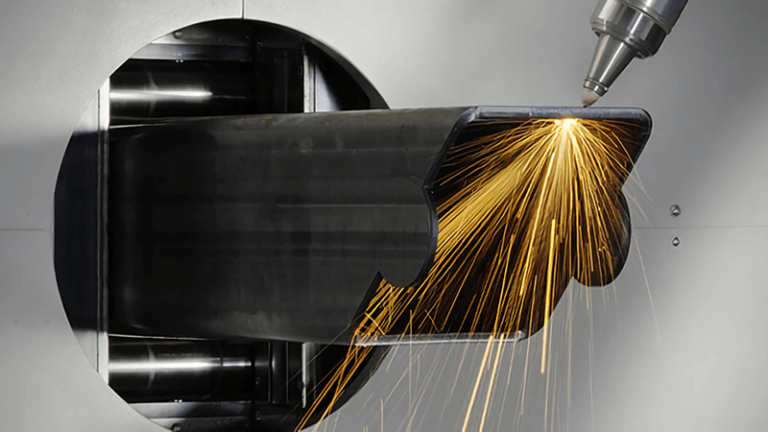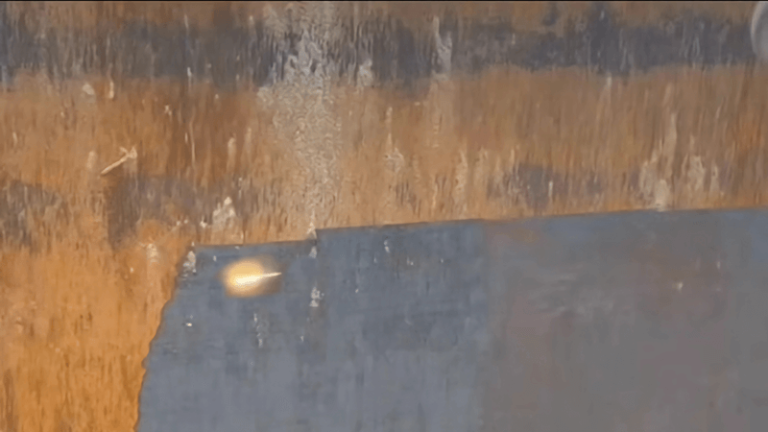If you're still debating CO₂ vs. fiber for industrial laser cutting, you're probably losing time and money right now.
Fiber lasers are the better choice for metal cutting—faster, more precise, and far more efficient than CO₂.
When I speak with customers, this question always comes up. At Kirin Laser, we manufacture both types, but I don’t sugarcoat the answer—especially for metal. In my experience, fiber laser cutting machines leave CO₂ behind in every industrial use case involving metals. Yes, CO₂ has a place, but it’s shrinking. Below, I’ll break this down from the perspective of a manufacturer who’s seen the shift from both sides.
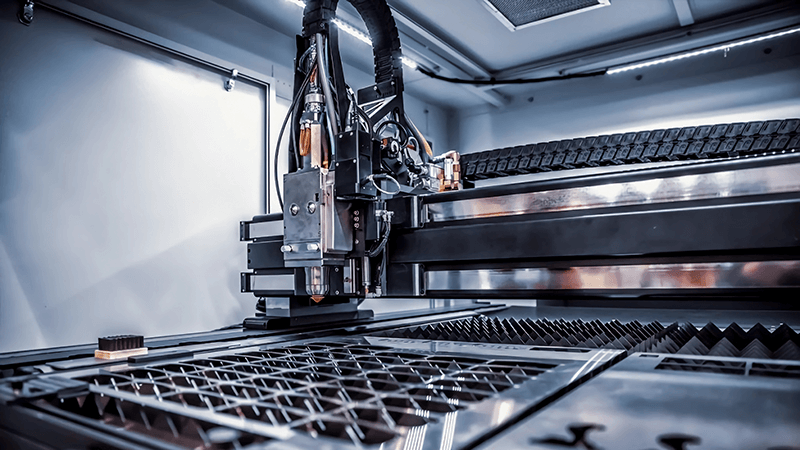
Which is better fiber laser or CO2 laser cutting?
Many new customers ask this because they’ve heard mixed opinions, especially from older suppliers. That confusion slows progress.
For metal cutting, fiber lasers are significantly better than CO₂ in speed, energy efficiency, maintenance, and long-term cost. CO₂ still performs well on non-metals like wood or acrylic, but for stainless, aluminum, or carbon steel—fiber wins every time.
Why fiber wins for metal
| Feature | Fiber Laser1 | CO₂ Laser2 |
|---|---|---|
| Cutting Speed | Faster (especially thin metals) | Slower |
| Material Suitability | Ideal for metals | Better for wood, plastics |
| Maintenance | Low (no mirrors/tubes) | High (requires alignment and gas) |
| Energy Efficiency | High | Low |
| Operating Cost | Lower | Higher |
I remember one client who tried to scale production with a 150W CO₂ machine. He was cutting 1mm stainless steel but couldn’t get clean edges. After months of frustration, we supplied him with a 1.5kW fiber laser. His output doubled immediately, energy bills3 dropped, and his words stick with me: “This thing paid for itself in 3 months.”
Fiber isn't just faster—it’s smarter. Less downtime, less calibration, fewer consumables.
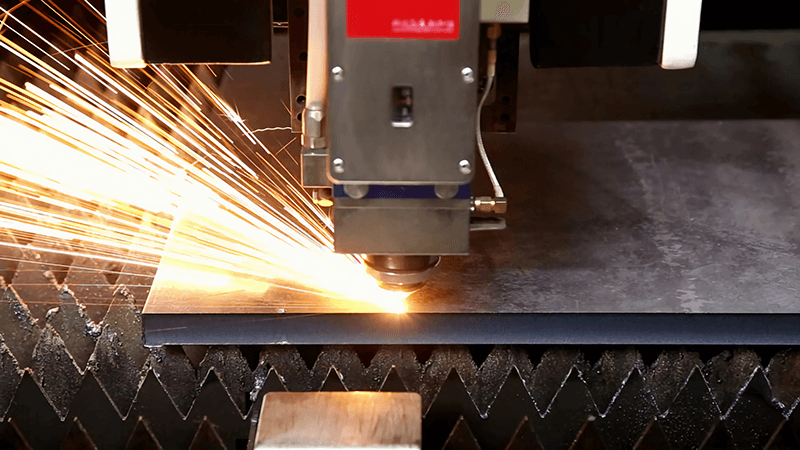
What is the best material for laser cutting?
There’s no one-size-fits-all in laser cutting. But there is a best-fit pairing between machine type and material.
Fiber lasers are best for metals like stainless steel, carbon steel, aluminum, brass, and copper. CO₂ lasers are better suited for cutting non-metals like wood, leather, plastic, glass, and acrylic.
Match your machine to your material
Let’s break it down by application:
| Material | Best Laser Type | Notes |
|---|---|---|
| Stainless Steel4 | Fiber | Clean edges, high speed |
| Aluminum | Fiber5 | Needs high power, reflective material |
| Acrylic | CO₂ | Smooth, polished cuts |
| Wood | CO₂ | CO₂ creates dark, clean cuts with minimal charring |
| Brass/Copper | Fiber | Requires higher power to cut effectively |
| Leather | CO₂ | Preferred for detailed engraving and cutting |
In industrial production, metal is king—and fiber is built for it. That’s why Kirin Laser focuses on helping clients pick the right configuration. If you're cutting acrylic signage, CO₂6 is great. But if you’re manufacturing parts? Don’t settle for CO₂.

What are the disadvantages of CO2 laser cutting?
CO₂ machines have their place, but let’s be honest—they come with tradeoffs. And those tradeoffs get expensive over time.
CO₂ lasers require more maintenance, use more power, and perform poorly on metals. Mirror alignment, gas refills, and slow speeds add up to more downtime and higher operational costs.
The real cost of CO₂
| Disadvantage | Impact |
|---|---|
| Mirror Alignment | Needs regular tuning, affects beam quality |
| Glass Tube Replacement | Limited lifespan, high replacement cost |
| Power Consumption7 | Higher than fiber, especially on thicker materials |
| Limited Material Range8 | Can’t cut reflective metals like copper or aluminum |
| Slower Cutting Speed9 | Reduced output in industrial environments |
I’ve had clients call me after months of downtime and troubleshooting. The CO₂ laser that worked fine for acrylic signs failed when they tried stainless steel. One said, “It feels like it’s always breaking.” That’s because CO₂ technology is 40+ years old. It’s solid, but not built for modern industrial loads.
That’s why our Kirin fiber series is built to reduce human error and maintenance hours. Fewer moving parts. Smarter cooling. Laser sources from trusted OEMs. Less time fixing = more time producing.
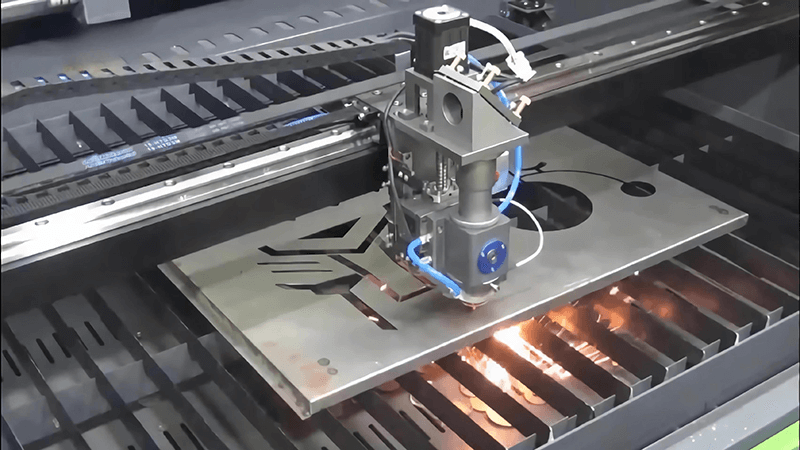
What is the difference between fiber and CO2?
This is the foundation of the whole debate, and where most buyers get confused—because on the surface, both are “lasers.” But under the hood, they couldn’t be more different.
The key difference is the laser source and wavelength. Fiber lasers use a solid-state source and a 1064nm wavelength ideal for metal. CO₂ lasers use gas and a 10.6μm wavelength better for non-metals. That difference defines what each machine can do.
Technical Breakdown
| Characteristic | Fiber Laser10 | CO₂ Laser11 |
|---|---|---|
| Wavelength | ~1064nm (near-infrared) | ~10.6μm (far-infrared) |
| Source Type | Solid-state, doped fiber | Gas (CO₂, N₂, He mixture) |
| Delivery System | Fiber optic cable | Mirrors and lenses |
| Target Materials | Metals | Non-metals |
| Cooling System | Air or water | Primarily water |
| Beam Quality | High (smaller spot, tighter cut) | Lower (broader beam, less precise) |
When you look at performance from the engineering level, the fiber laser is just built differently. Its core design eliminates the weakest parts of CO₂: gas tubes, beam paths, mirror alignment. That’s why at Kirin Laser, our fiber systems can run for 100,000+ hours with minimal service.
We don’t just build these machines. We live by their performance.
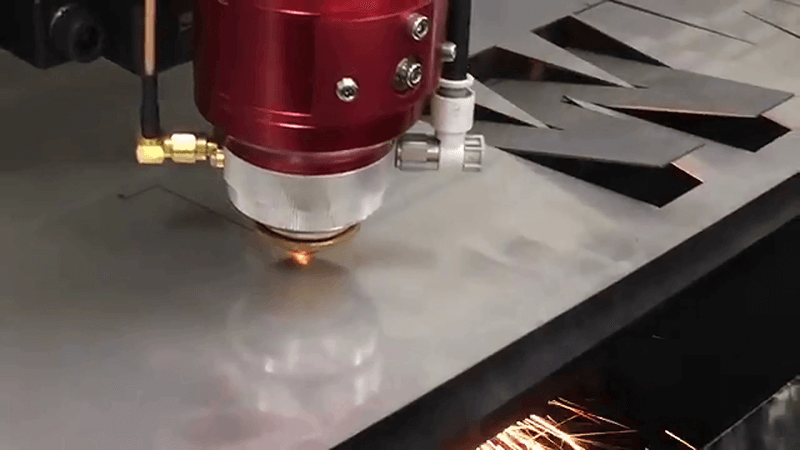
Conclusion
If your business involves metal cutting12, there’s only one direction to go: fiber laser. It’s not just newer—it’s faster, cleaner, cheaper over time, and more reliable. CO₂ still plays a role, especially in signage, woodwork, and acrylic design. But if you're in industrial manufacturing and want long-term efficiency, fiber laser cutting is the right move. At Kirin Laser, we help clients choose precision, not guesswork.
Let us know what you need to cut. We’ll help you find the right beam for the job.
-
Explore the benefits of Fiber Laser technology, including speed and efficiency, to enhance your metal cutting processes. ↩
-
Understanding the limitations of CO₂ Lasers can help you make informed decisions about your cutting technology. ↩
-
Discover how switching to fiber lasers can lead to significant savings on energy costs in your operations. ↩
-
Discover the optimal laser types for cutting stainless steel to achieve clean edges and high-speed production. ↩
-
Explore the benefits of fiber lasers for metal cutting, including speed and precision, to enhance your production efficiency. ↩
-
Learn about CO₂ laser cutting techniques and their effectiveness for materials like acrylic and wood, ensuring quality results. ↩
-
Understanding power consumption can help you choose the most efficient laser technology for your needs. ↩
-
Exploring material compatibility will guide you in selecting the right laser for your projects. ↩
-
Knowing the cutting speed differences can significantly impact your production efficiency and costs. ↩
-
Explore the benefits of Fiber Laser technology, including efficiency and longevity, to understand its impact on modern manufacturing. ↩
-
Discover the differences between CO₂ and Fiber Laser technologies to make informed decisions for your projects. ↩
-
Find the best laser cutting machines and laser cutting solutions from Kirin Laser, clicking this link to get all your needs. ↩


